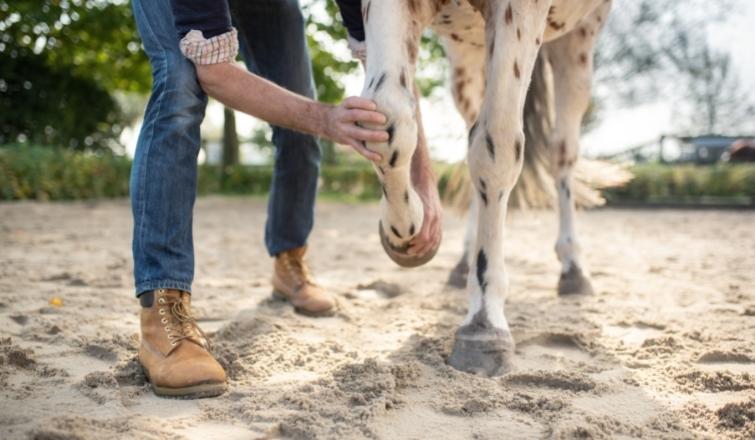
How to Apply Modern Parasite Management for Your Barn – 4 Ways
How to Apply Modern Parasite Management for Your Barn – 4 Ways
As the equine community progresses and advances, we are slowly but surely learning the best method of managing our horses’ health to ensure that they are happy and healthy. Deworming and parasite management are a crucial part of the routine care of each horse that calls your barn home, and it is important to ensure that you have an efficient parasite management plan in place.
Traditional Methods
Traditional methods of deworming and parasite management, originally designed in the 1960s, called for regular deworming done once every two months, regardless of the horse’s individual condition, or whether they had parasites or not. This strategy was designed in order to eradicate a particularly harmful and invasive type of parasite known as the large strongyle. Over the decades, this strategy proved to be successful in the removal of parasites, but it soon became apparent that the aggressive treatment method was causing a tolerance to build up in the horses’ bodies. This essentially means that the parasites evolved into a species that was able to survive within the equine body, regardless of any dewormer treatments being administered. Of course, this left the horses defenceless against parasites, rendering the entire deworming and anti-parasitic treatment useless. Thankfully, over the years, successful changes have been made in the way that parasites were addressed in the equine body.
Cautionary Testing
In order to avoid over-administration and consequential tolerance build-up, fecal tests were developed as a way to determine if a horse was carrying parasites. This has proven to be one of the most beneficial advancements made in parasite management; conducting a test prior to administering deworming medication prevents the over-administration of dewormers and the eventual build-up of tolerance. Rather than administering parasitic treatments to all horses in the barn, only those that require the treatment received it.
Proper Manure Management
Proper manure removal obviously plays a large role in the prevention of equine parasite prevention; soiled stalls that are allowed to sit for an extended period of time essentially become breeding hot spots for parasites, and this can quickly become a problem that affects multiple horses in the barn due to the close proximities between stalls. Ensuring that stalls are thoroughly cleaned at least twice a day helps promote a clean, healthy atmosphere inside the barn.
Pasture Management
Pastures and paddocks that are picked out on a daily basis have a significantly smaller chance of promoting the growth and reproduction of parasites. If possible, try to arrange that they are picked out twice a day, but always ensure that it is done once a day; no exceptions. Rotating which pastures and paddocks are used is also important; over-use of a specific area prevents the grass from growing in as it should and promotes parasitic breeding.
While equine parasite management may have had a rocky start, we are slowly but surely on the way to perfecting the way we help our horses manage their health. Implementing the information you learned here, you will be able to develop a modern and effective parasite management program for your barn.



